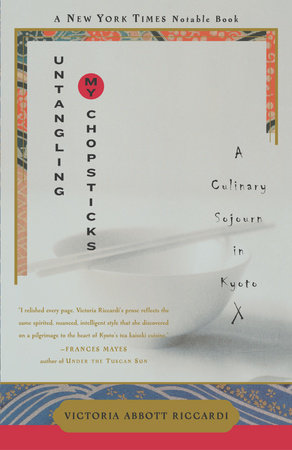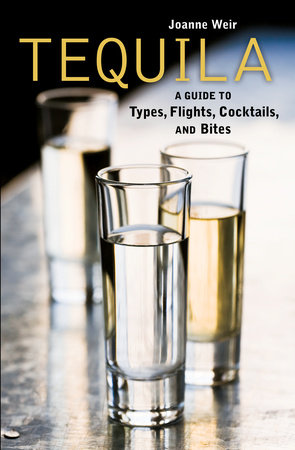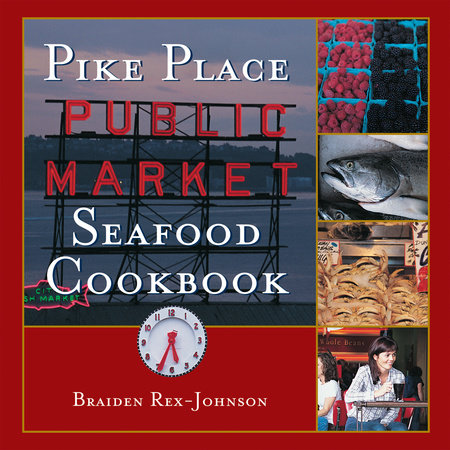


-
$18.00
Feb 11, 2014 | ISBN 9780307946355
-
May 14, 2013 | ISBN 9780307962478
YOU MAY ALSO LIKE

Food Trucks

Untangling My Chopsticks

Heirloom

Def Jam, Inc.

Dim Sum

Eat the City

FM

Ladyfingers and Nun’s Tummies

Tequila
Praise
“[Sokolov] has had ‘a front seat’ at the worldwide revolution in cooking and eating. . . . Watching his formidable mind at work deconstructing nouvelle cuisine or creating a taxonomy of French sauces, it becomes clear just how he has kept that seat for so long.”
—The New York Times Book Review
“Peppered with reflections on culinary history and tales of extraordinary journalistic adventures . . . a thought-provoking and delightful read.”
—Fuchsia Dunlop, author of Every Grain of Rice: Simple Chinese Home Cooking
“Mouthwatering. . . . [Sokolov] gives the food scene an often fascinating historical context.” —Daily Beast
“[A] ranging history of American food, and the sociopolitical events that shaped it. . . . [Sokolov is] a down-home guy at heart, happiest when correcting assumptions about everyday foods . . . and remembering treks through the heartland in search of the country’s best barbecue. . . . A pleasure.” —New York Observer
“As gastronomic guides go, you can’t do much better than former New York Times and Wall Street Journal restaurant critic Raymond Sokolov, whose jaunty prose in Steal the Menu gets you a tableside seat everywhere from Tennessee barbeque pits to French haute cuisine temples.”
—Entertainment Weekly
“A knowledgeable look at the transformation of fine dining over the past half-century, viewed through the prism of the author’s personal history…foodies will find this book refreshingly different.”
—Kirkus Reviews
“Reading Raymond Sokolov’s wonderful Steal the Menu is like having dinner with one’s wittiest, most erudite and charming friend, someone who knows everything worth knowing about food, its history and culture, about chefs and restaurants, about how our cuisine and our kitchens have changed over forty years—and about how to tell an authentic key lime pie from an imitation. Bon appétit!”
—Francine Prose
“Steal the Menu is a lively insider’s account of goings-on in the American food scene over the last forty years. And who better to tell this story than Raymond Sokolov, one of America’s best food writers? With his keen ear for language, Sokolov is by turns authoritative and funny, deeply informed and irreverent. This book offers up a feast for the senses as well as the mind!”
—Darra Goldstein, founding editor, Gastronomica: The Journal of Food and Culture
“Ray Sokolov dines out delightfully on a life of dining out in the Western world’s most ambitious restaurants. His wit seasons his learning, which is considerable on a vast array of subjects, from classical French cuisine, to where to find the best hamburger in the Midwest, to barbecue in Texas. The result is a zesty stew, a chronicle of movements in cuisine across the decades and oceans. As an entertainment, Steal the Menu rates a full complement of stars.”
—Joseph Lelyveld, author of Great Soul
“I read Steal the Menu straight through with pleasure. The writing is stylish, sometimes provocative, always informative, with a balanced perspective on the tumultuous changes at the table we’ve all lived through.”
—Dr. Andrew Weil, coauthor of The Healthy Kitchen
“Raymond Sokolov is very good company on the page. Steal the Menu is proof of that. His writing is witty and engaging, but what sets this book apart is its appreciativeness: food is food for thought, something to be curious about, as well as a huge pleasure.”
—Naomi Duguid, author of Burma: Rivers of Flavor
“This is an indispensable book for anyone and everyone who takes cooking seriously.”
—Jason Epstein, author of Eating
“[Sokolov] is a good traveling companion. Reading his writing is like being driven in an old, comfortable roadster, top down, evening falling, balmy…with the promise—because Sokolov always does his homework—of something really good to eat just down the road.”
—The Christian Science Monitor
21 Books You’ve Been Meaning to Read
Just for joining you’ll get personalized recommendations on your dashboard daily and features only for members.
Find Out More Join Now Sign In











